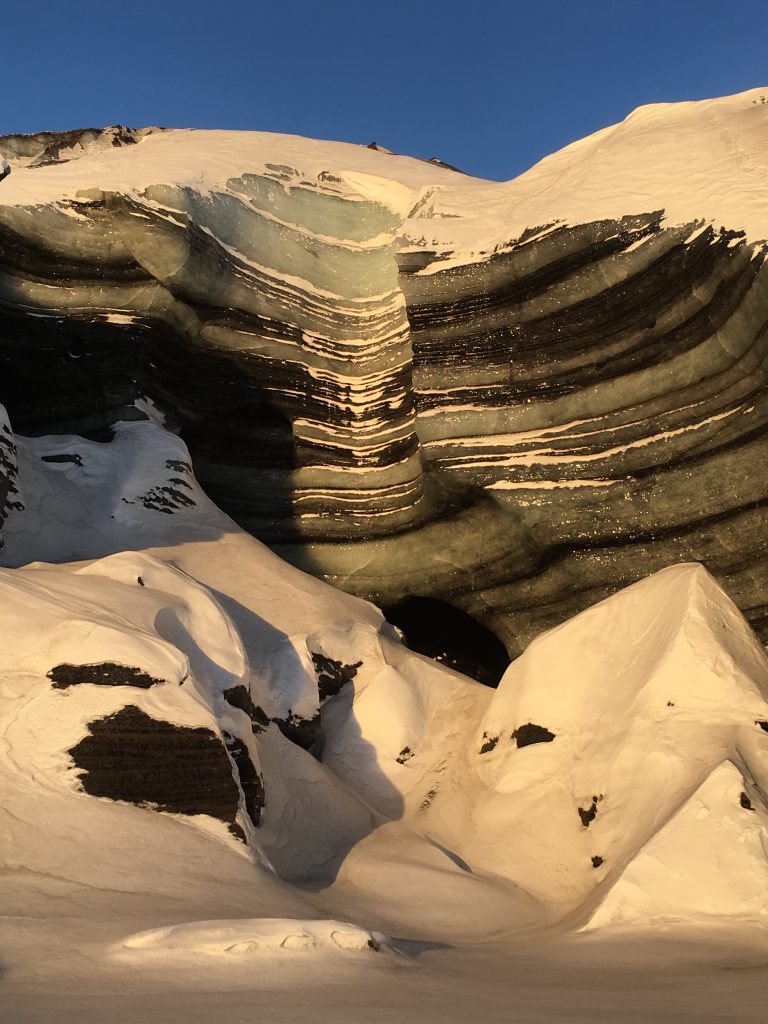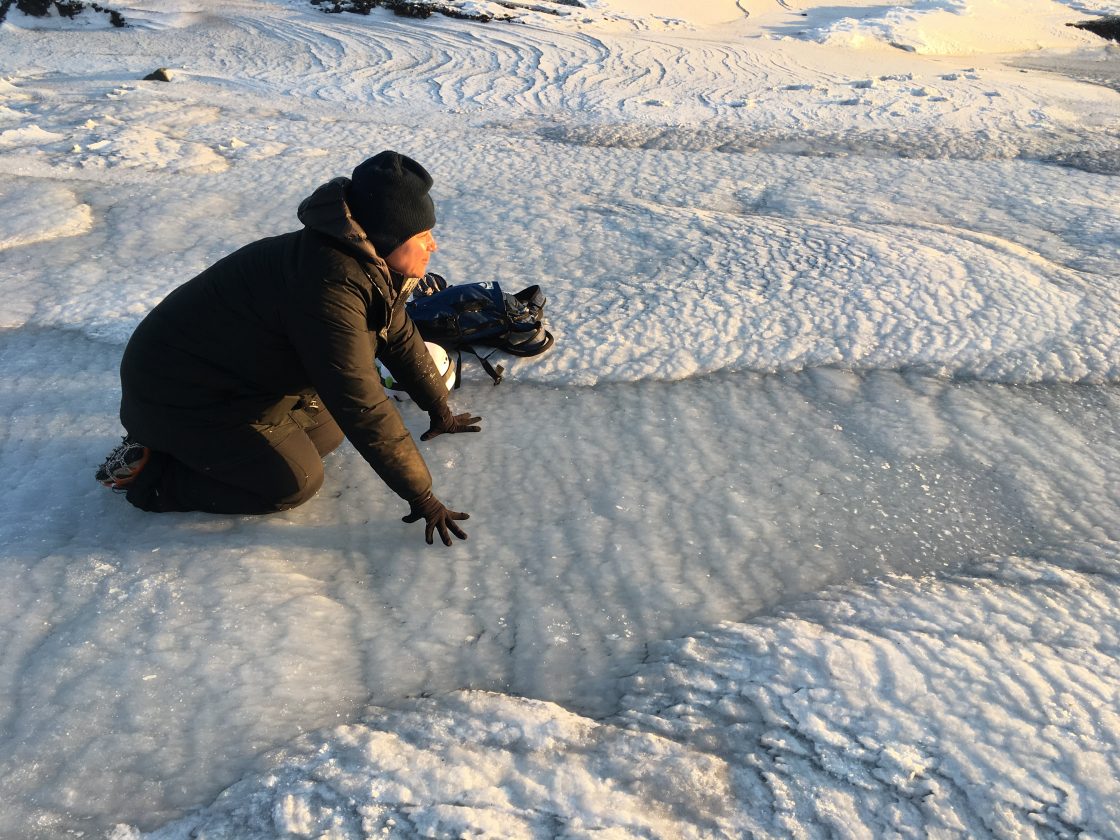There’s something about being surrounded by snow; snow as far – farther – than the eye can see. Once, stopped about halfway through a guided snowmobile route, I knew instantly that if I got separated from our guide I’d die out there. No sense of which way was North or from where had we come. No cell service, no idea and no supplies, since they had advised us not to bring backpacks.
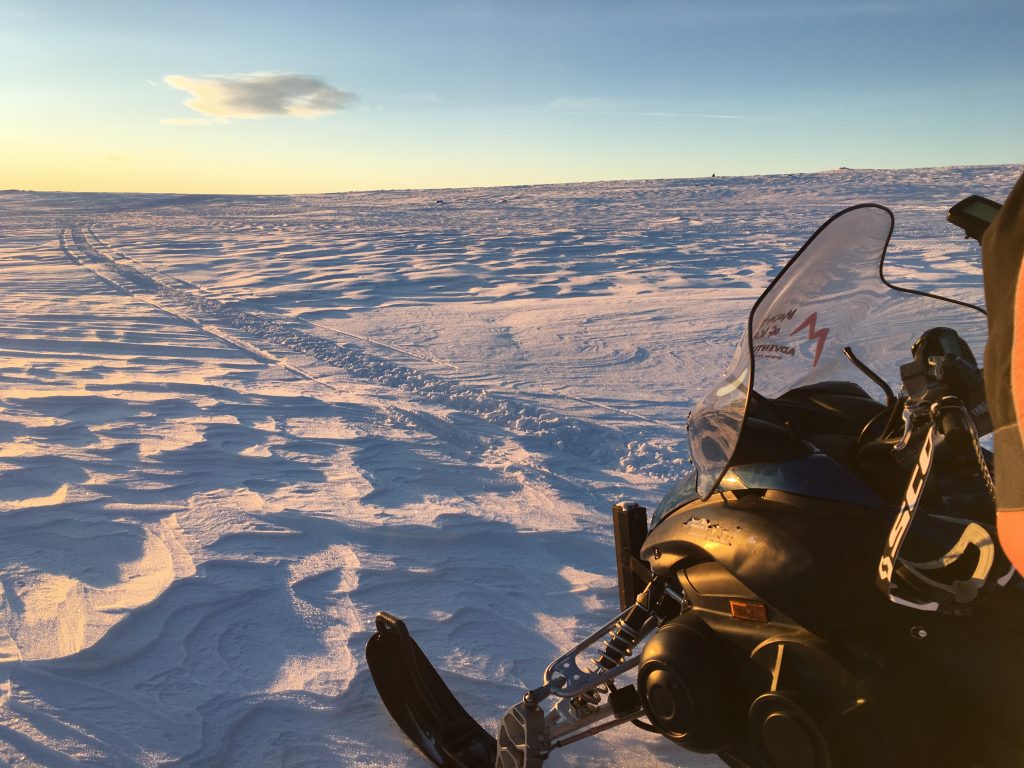
360 degrees of indefinite and unceasing snow and not another soul to be seen beyond our little group: It was terrifying and exhilarating all at once. Almost danger, I decided right then, is quite intoxicating. And Iceland offers as much as you’re willing to take. Rarely have I felt more alive, breathing in nine-degree air that felt like 15 below.
Everywhere you go the landscape is like this, some kind of precious thing: fields of hip-high snow surrounded by ancient mountains; a 400-year old ice cave newly melt-revealed, a rare black sand beach anchored by basalt cliffs, a myth-laden volcano. Every one, breathtakingly beautiful. Every one, apparently, on a clock.
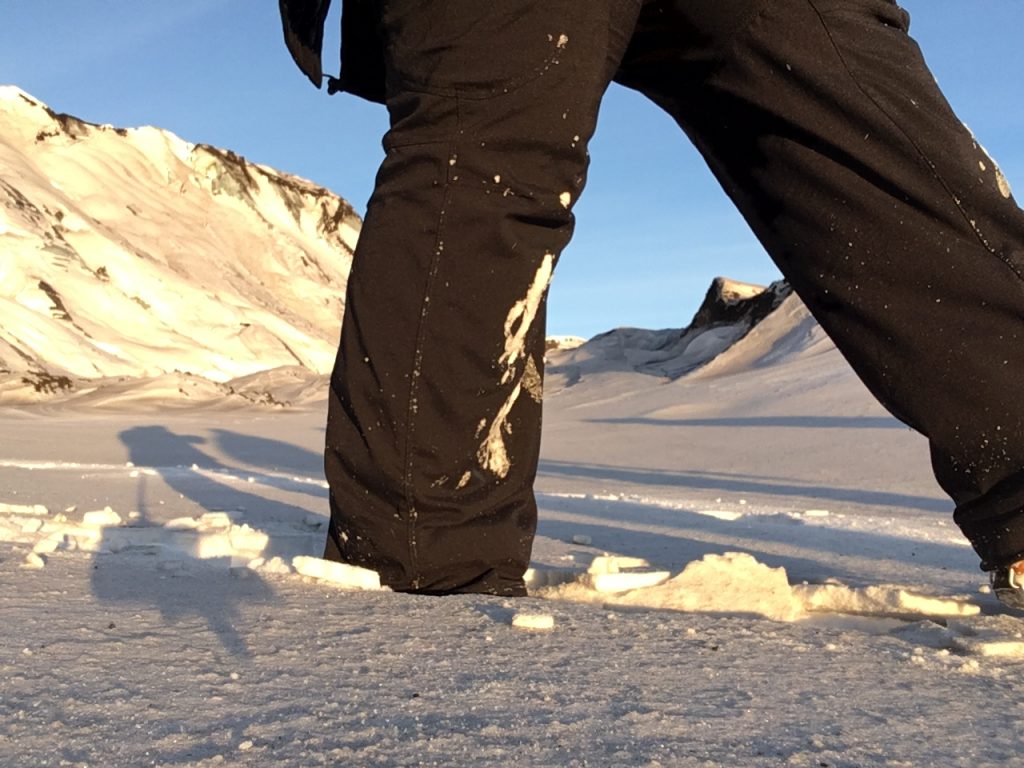
Just standing in the coastal town of Vik (pronounced Week) pumping diesel into a 4×4 is tempting fate, with the active – and 100 years overdue – volcano Katla just underfoot, hidden and waiting to pop. Locals say that it’s not actually Katla’s eruption but the ensuing flood from the melting glaciers that cover her that will kill everything in its path.
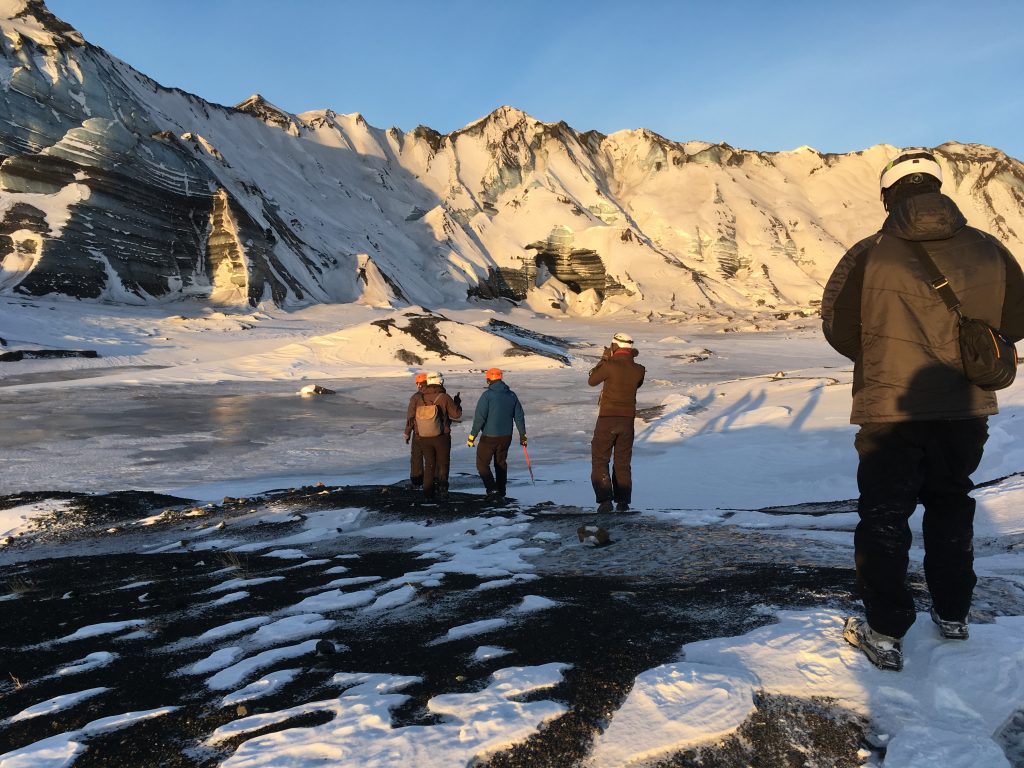
The signs are here to be read, experts say, with record numbers of earthquakes and other indicators increasing in intensity and frequency. These signals predict eruption and floods within the next 18-24 months. Katla is just one of Iceland’s many reminders that Mother Nature is alive and she’s got an agenda.
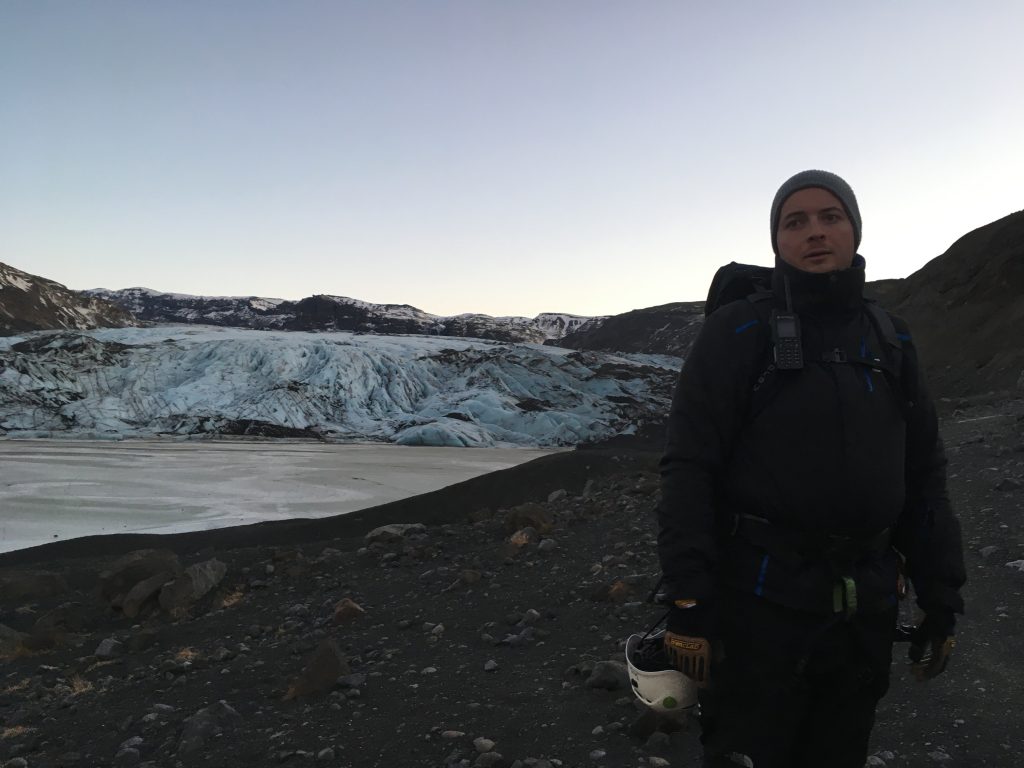
My feet crunched, crampon-armed, across the surface of one glacier that will eventually contribute to that flooding disaster: Southeastern Iceland’s Sólheimajökull. One slice of Iceland’s fourth largest glacier, Mýrdalsjökull, Sólheimajökull’s massive and multi-hued frozen beauty is already well eroded due to climate change.
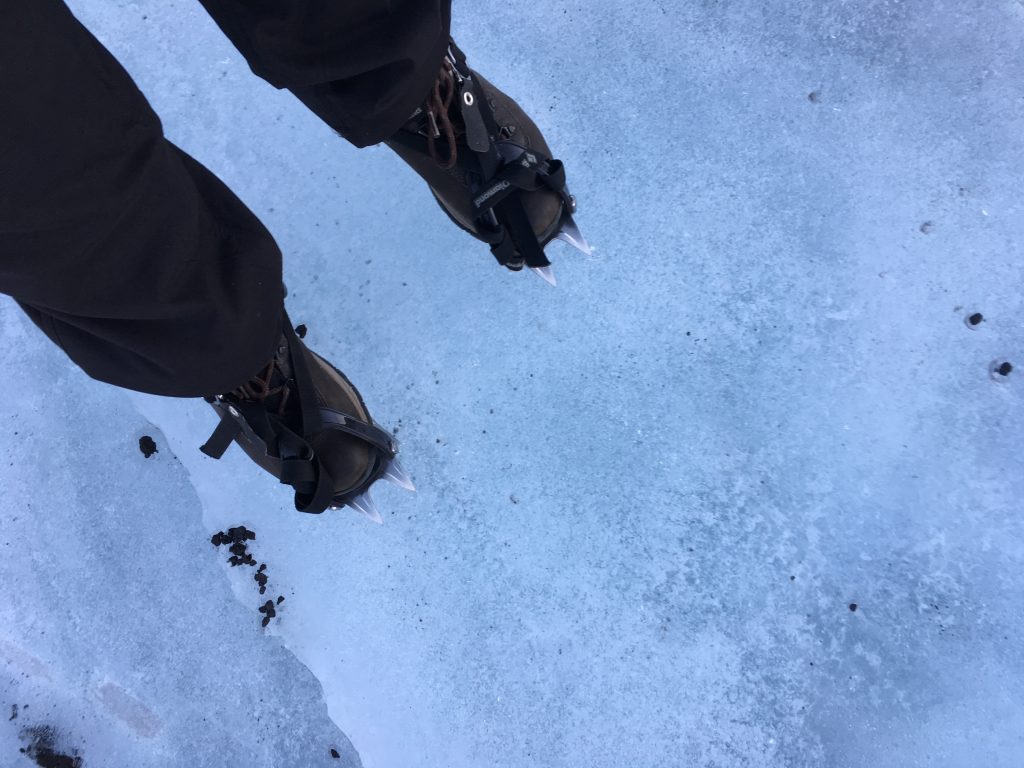
Having celebrated more than a half a millennia’s worth of birthdays, what is its current lifespan? Likely less than 60 years, perhaps sooner pending Katla’s mood. It seems impossible while you’re standing on it, climbing it, stabbing it with the claws on your feet and trying not to slip-and-slide down its facade that this is forevermore a temporary fixture. It certainly doesn’t look it. Meters thick ice swirls with every gradient of blue, grey and white that you can fathom.
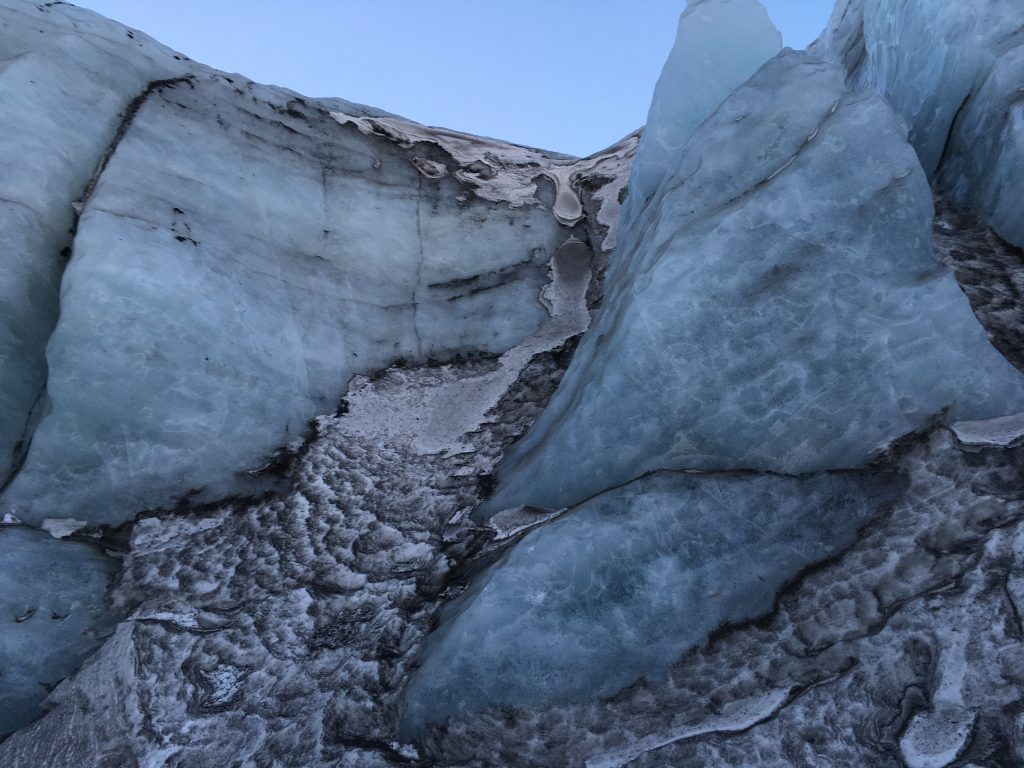
Its chilled surface has morphed into caves, cliffs and craters, many big enough to explore on foot or hand and knee. Some sections look just like ice cubes from the freezer, crystal clear and see-straight-through, just a thousand times thicker. While other chunks are so densely colored that they yield no clue as to their actual depth and scale.
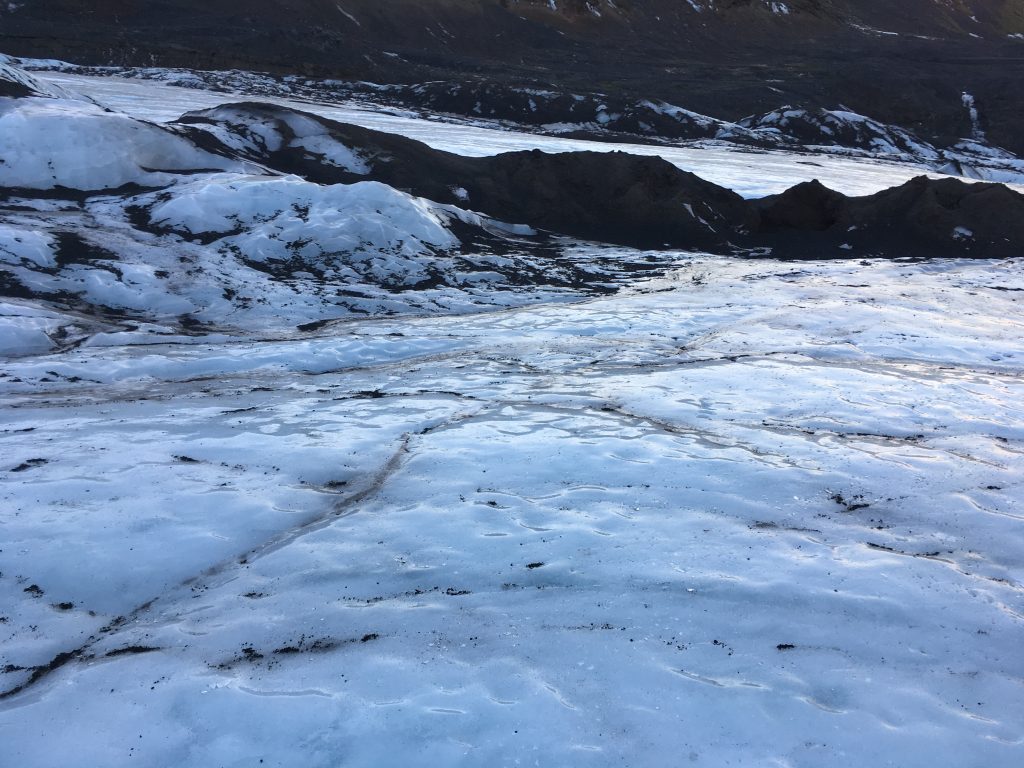
I now know that our popular conception of a glacier has been heartily homogenized because each that I visited was utterly unique from the last. Each boasted more patterns and variations in form than I expected, from ash-laden grey-black hills to sandy landings, snowy deserts on approach and ice-stair trails maintained only by the guide companies. One thing they all have in common: shrinkage.
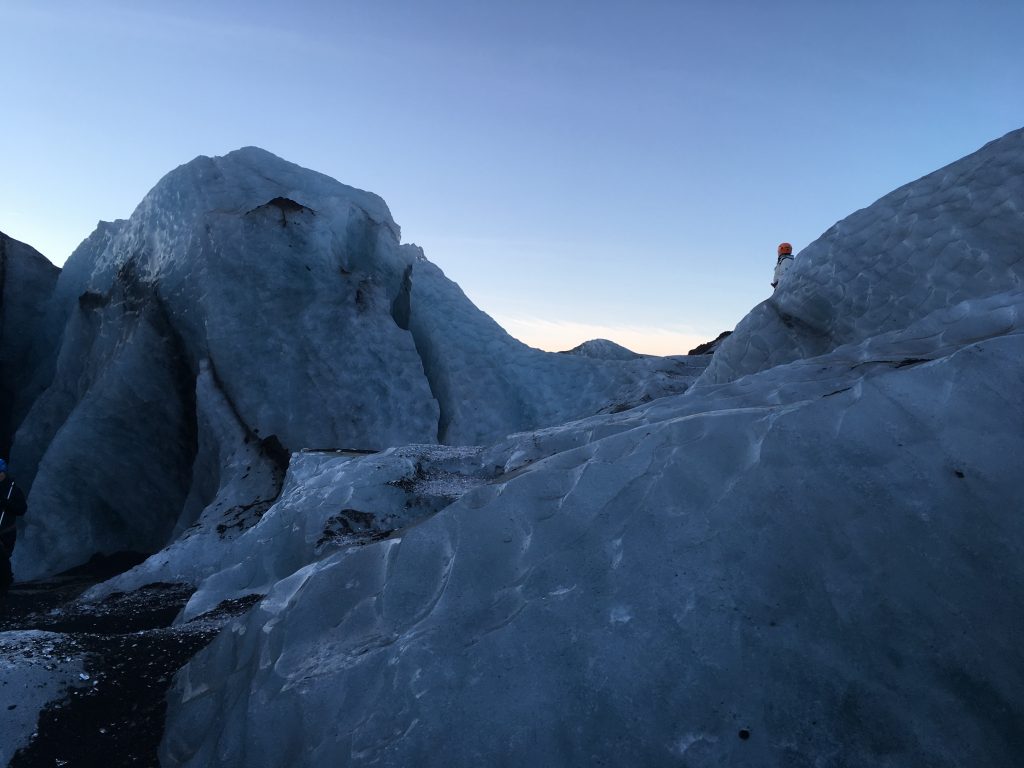
Climate change deniers would have a hard time ignoring the stark difference between what my eyes saw in person on Sólheimajökull and the decades of photo progressions of the same location. What’s been frozen solid for centuries is melting. Fast.
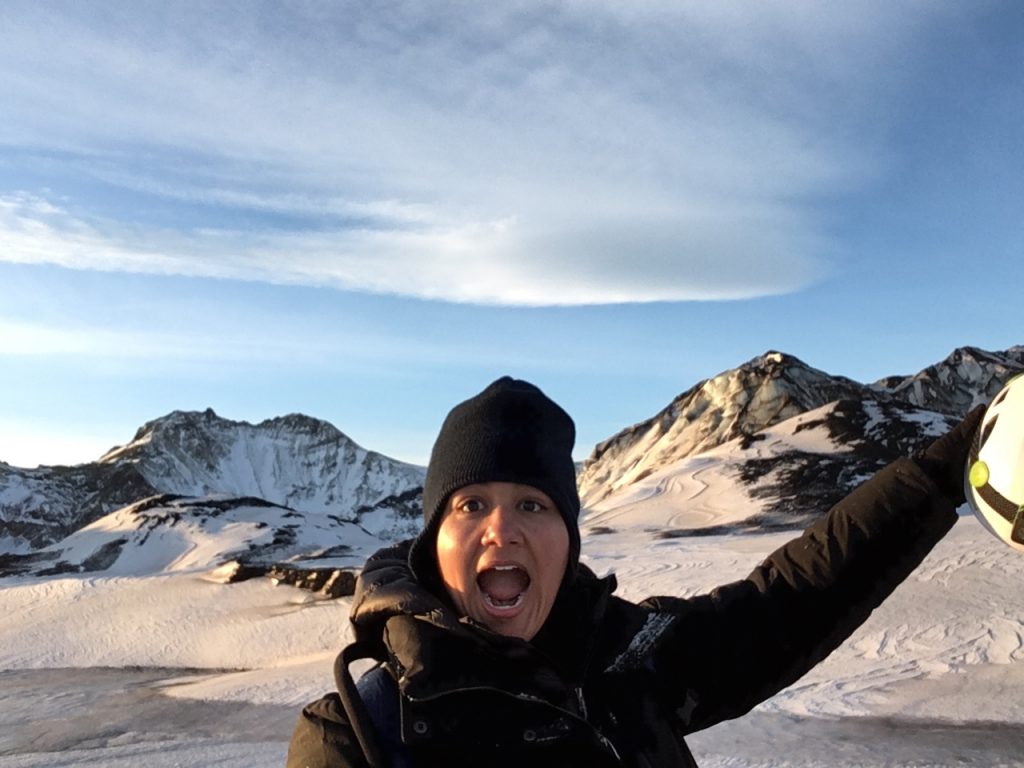
Hiking the 500 feet in solid ice elevation, aged over 700 years, was one of the most incredible experiences of my life and one I will never forget. A few tears escaped my eyes as I expressed gratitude to David, our Portuguese guide who had moved spontaneously to Iceland after his own tourist experience. I think he appreciated the affect the place had on me. No matter how many trips he takes out, it never gets old, he affirmed.
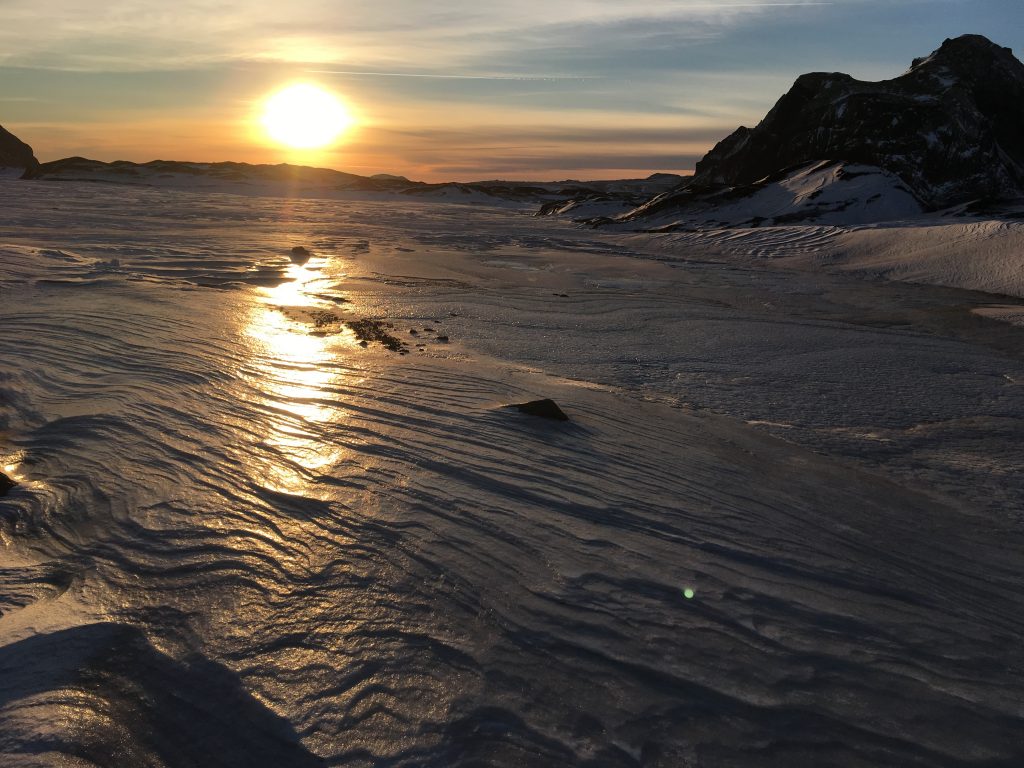
As happy as it all made me, I drove away incurably sad because I knew there’d be no stopping this natural wonder’s decline. As grateful as I am to have been one of the relatively few to trek it while it lasts, I’m equally ashamed that I don’t know what to do besides tourist gush and recycle.
There once was an ice age before humans. We weren’t there egging on disaster with fossil fuels and over-consumption. So, maybe, there’s an inevitable cycle to the destruction of the natural world that would be coming with or without humanity’s contribution and complacency. Perhaps a global conscience and the purposeful alignment of political wills wouldn’t prevent a damn thing. At least that’s the version that I need to believe.
